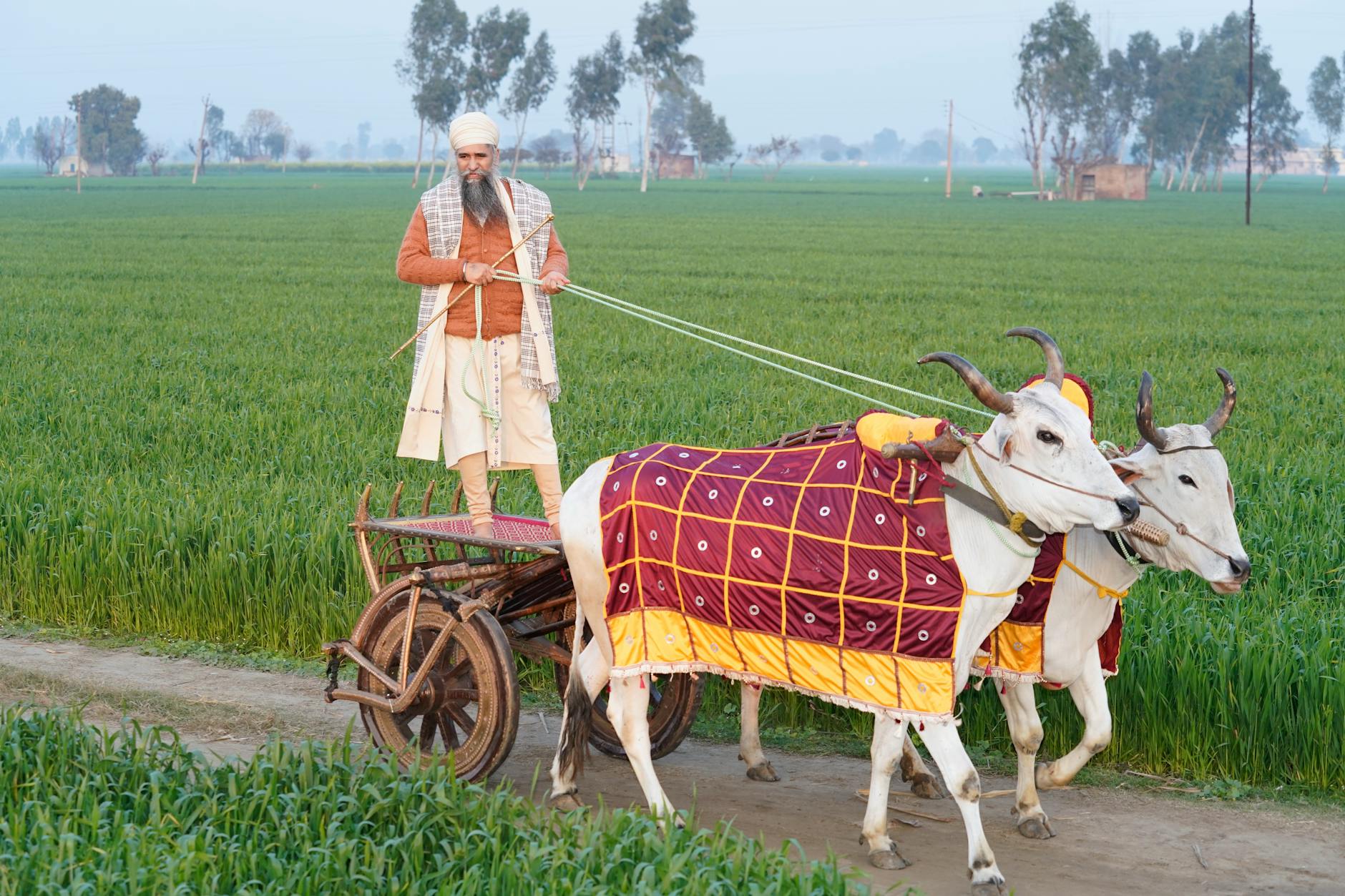Regional Wine Guides
Indian Wines: A Rich History and a Unique Terroir
India’s wine industry, though still emerging on the global stage, is rooted in a rich history that dates back to the Indus Valley civilization. Today, Indian wines, crafted from indigenous grape varieties like Anab-e-Shahi, Chenette, and Sultanina, offer a unique taste of the subcontinent’s diverse terroir. These wines, with their bold fruit and spice flavors and a distinctive minerality, stand apart from their Western counterparts, reflecting the land’s unique climate and cultural heritage. As India navigates the delicate balance between tradition and modernity, its wines are beginning to tell a story that is as complex and varied as the country itself.
India, a land of diverse climates and cultures, is also home to a burgeoning wine industry that is slowly gaining recognition on the global stage. Indian wines, primarily made from native grape varieties like Anab-e-Shahi, Chenette, and Sultanina, offer a unique expression of the country’s distinct terroir. These wines stand apart from their international counterparts, particularly those from California, by boasting strong fruit and spice flavors with a notable minerality that reflects the subcontinent’s diverse geography and climate.
The Grapes of India: Anab-e-Shahi, Chenette, and Sultanina
India’s wine story begins with its indigenous grape varieties. The Anab-e-Shahi, Chenette, and Sultanina grapes have adapted to India’s hot and humid climate, thriving in conditions that might challenge more traditional European varieties. These grapes impart a flavor profile to Indian wines that is both distinct and memorable. Anab-e-Shahi, known for its robust, fruity character, often carries hints of tropical fruits, while Chenette adds a spicy complexity that is rarely found in Western wines. Sultanina, on the other hand, provides a delicate sweetness and a hint of minerality, making Indian wines a unique tasting experience.

These indigenous varieties not only define the character of Indian wines but also illustrate the adaptability of viticulture to the local environment. Unlike Californian wines, which often rely on irrigation and extensive vineyard management, Indian wines reflect the natural balance between the grapes and their environment. The result is a product that is as much a testament to the land as it is to the skill of the winemaker.
A Historical Perspective: Wine in India Since the Indus Valley Civilization
The history of wine in India is as old as the country itself. The Indus Valley civilization, which flourished around 2000 BC, is believed to have engaged in early forms of viticulture. While the exact details are lost to history, archaeological evidence suggests that wine was produced and consumed as part of ancient Indian culture. Over the millennia, the techniques evolved, influenced by various dynasties and cultural exchanges with the Middle East and Europe.
However, the Indian wine industry as we know it today began to take shape in the late 20th century, with the establishment of modern vineyards and wineries. Today, regions like Nashik in Maharashtra and Nandi Hills in Karnataka are recognized as the country’s leading wine-producing areas. These regions offer the perfect blend of climate, soil, and elevation, allowing the grapes to develop the complex flavors and aromas that define Indian wines.
Cultural Considerations: Sikhism’s Stance on Alcohol
As Indian wines gain popularity, it is important to consider the cultural context within which they are produced and consumed. India is a country of diverse religions and cultural practices, and these often influence the consumption of alcohol.
In Sikhism, for example, there is a strict prohibition against alcohol. The Guru Granth Sahib, the holy scripture of the Sikhs, clearly outlines that the consumption of alcohol is considered a sin. It is believed to cloud the mind and lead to unethical behavior. This cultural aspect presents a unique challenge for the Indian wine industry, as it navigates the delicate balance between respecting religious beliefs and promoting a growing sector of the economy.
A Taste of the Future: Indian Wines on the World Stage
The future of Indian wines looks promising as more producers focus on quality and innovation. With a growing domestic market and increasing interest from international consumers, Indian wines are poised to become a significant player in the global wine industry. The combination of indigenous grape varieties, a long history of winemaking, and the distinct terroir of India creates a product that is truly unique.
For the curious wine lover, exploring Indian wines offers a journey into a rich and diverse cultural heritage, as well as an opportunity to taste something truly different. Whether it’s the fruity robustness of Anab-e-Shahi or the spicy complexity of Chenette, Indian wines offer a sensory experience that is as varied and vibrant as the country itself.